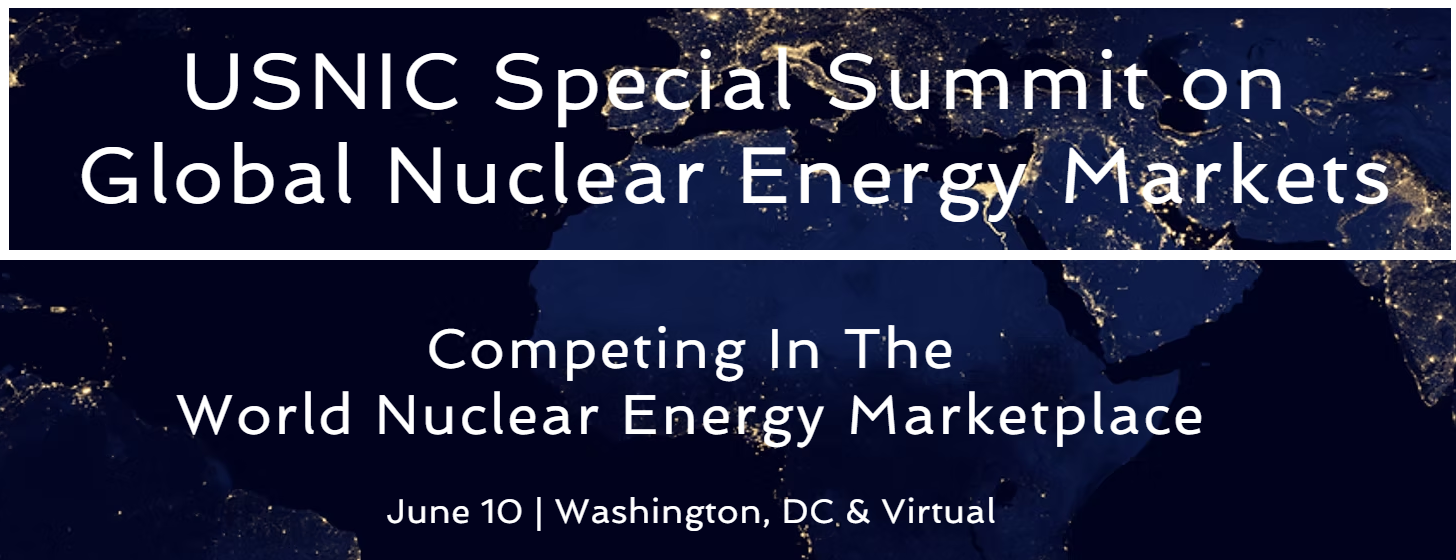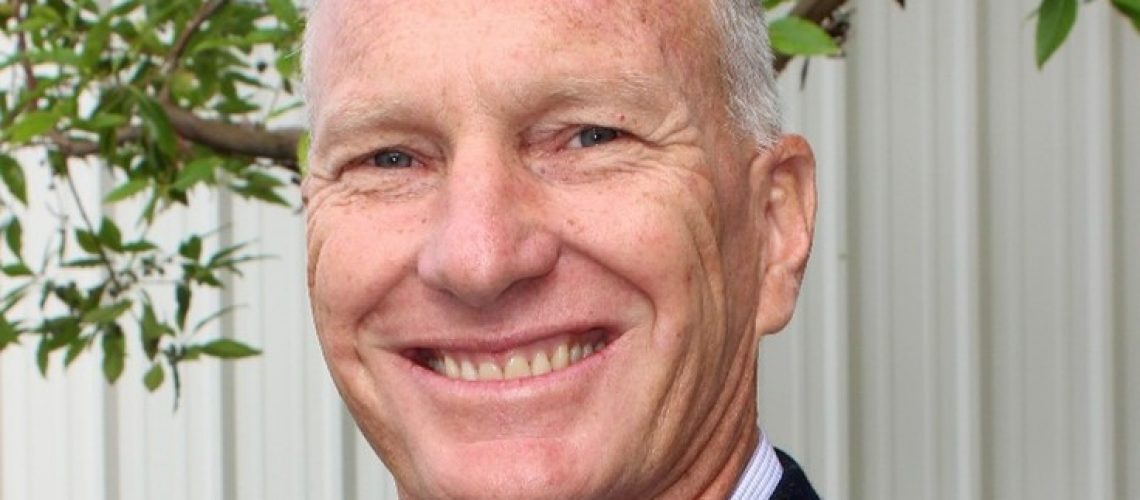Nuclear TownHall (NTH): Last week, it was reported by the San Diego Union-Tribune, and posted by Nuclear TownHall, that General Atomics (GA) shipped the first of seven modules that make up a crucial component, the Central Solenoid, that is going to become world’s most powerful magnet and is part of an international nuclear fusion project located in southern France.

To find out more of this important event, NTH was able follow up with an exclusive Q/A session with John Smith, GA’s director of engineering and projects.
NTH: John, how long have you been at GA working to this project?
John Smith: My first discussions were held with Oak Ridge National Laboratory in 2007. We started work under contract in July of 2011 to design the process and tooling to build the modules. We started fabrication of the first coil in 2016. We now have shipped the first two coils to France with a third undergoing Factory Acceptance Testing with a goal of being shipped by the end of this calendar year.
NTH: Why is this a big deal – since fusion energy is always 20 years away?
John Smith: Yes, that has been the mantra for many years, but thanks to recent scientific and technological advances, fusion has really arrived. ITER is real and is 75% complete in its assembly with scheduled first plasma in 2025. With its goal of showing a fusion power gain of 10x, ITER paves the way to a Demonstration Fusion Pilot Plant where electricity will be generated.
NTH: After ITER is successfully demonstrated, what comes next?
John Smith: The next step is to optimize the size and cost of a fusion pilot plant, by building on the science and technology breakthroughs developed and learned on ITER and the latest advances in understanding being made now with experiments and powerful computer simulations.
NTH: There seems to be a growing interest in the US and around the world in fusion these days.
Is that because of the growing concern over climate related issues?
John Smith: I believe climate related issues are driving the emphasis on fusion. We all know renewables cannot replace carbon generated energy and something must fill the gap. The great thing about fusion is that the fuel is abundant, it produces clean, carbon-free energy that is always available. Plus it is inherently safe, with no long lasting radioactive waste concerns, so it really is a strong candidate for addressing the energy needs for humanity.
NTH: How does GA see fusion developing in the US and what is GA’s vision for its role?
John Smith: The recent National Academy of Sciences report describes a logical path forward and GA completely supports this path. GA is actively working with DOE and the National Labs to further develop this plan. Of course, this plan will need funding from Congress. GA is working on this side of the equation as well. GA is pushing the timely development of fusion energy as a viable energy source through scientific and technological innovation, and is investing in capabilities to develop highly optimized designs for a fusion pilot plant.
NTH: What are the next important milestones along the way for GA?
John Smith : GA continues its operation of DIII-D, the nation’s largest magnetic fusion research device for DOE. With this facility, GA continues advancing the plasma physics and is addressing critical gaps needed for a fusion pilot plant design. DIII-D is also ensuring the success of ITER operation, developing scenarios that will expedite its start-up and operation. GA is building on its foundation of engineering excellence to develop the technologies, measurement systems, and control capabilities for advanced fusion devices.
####



